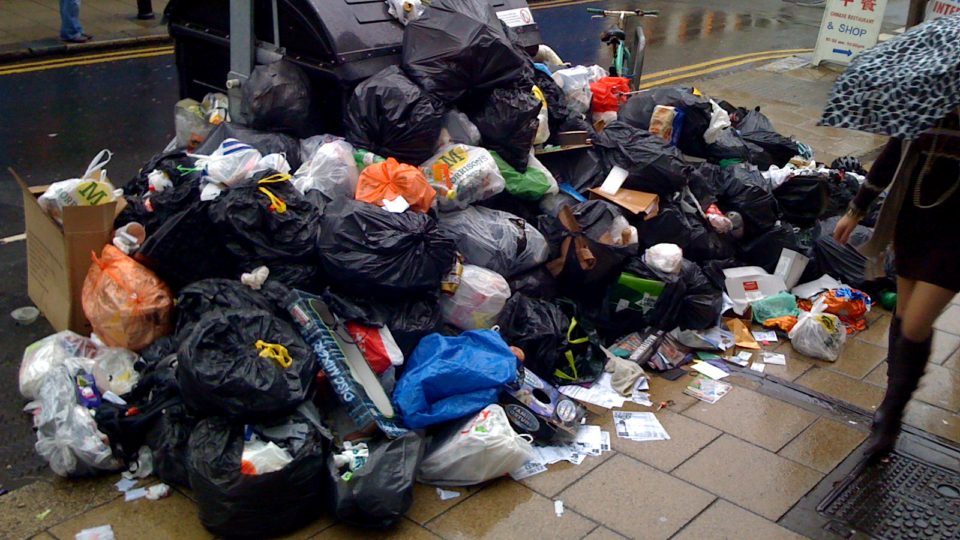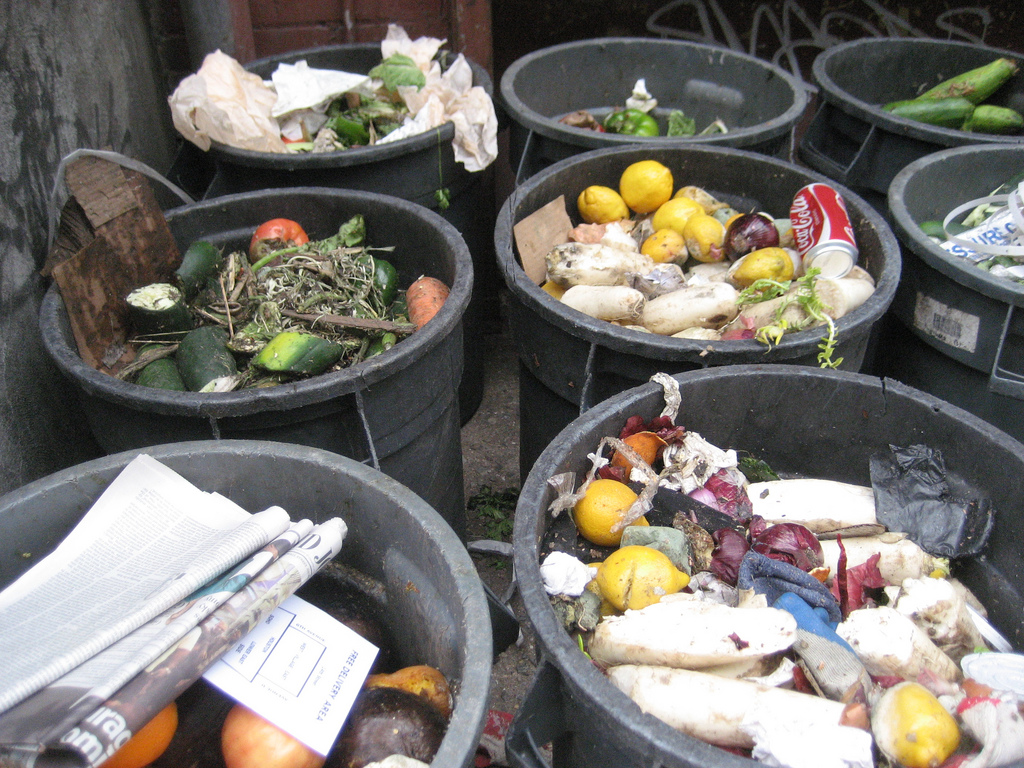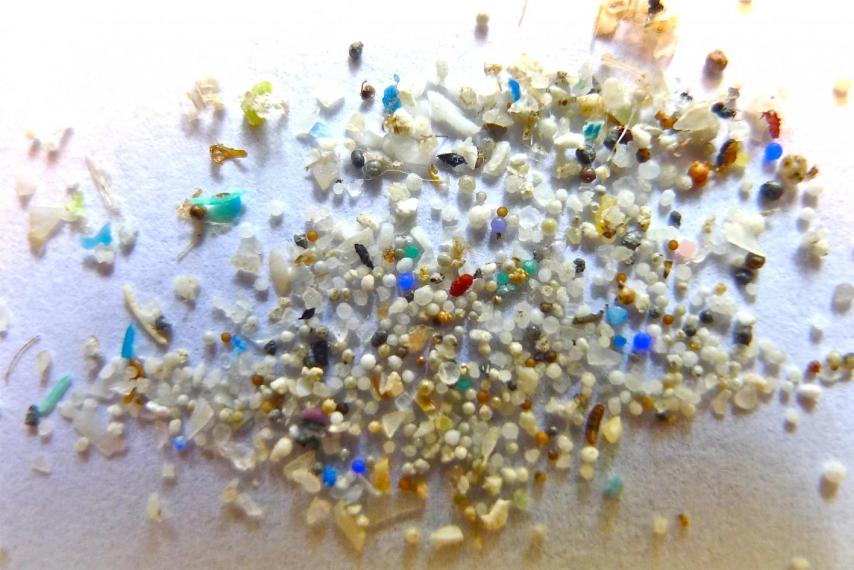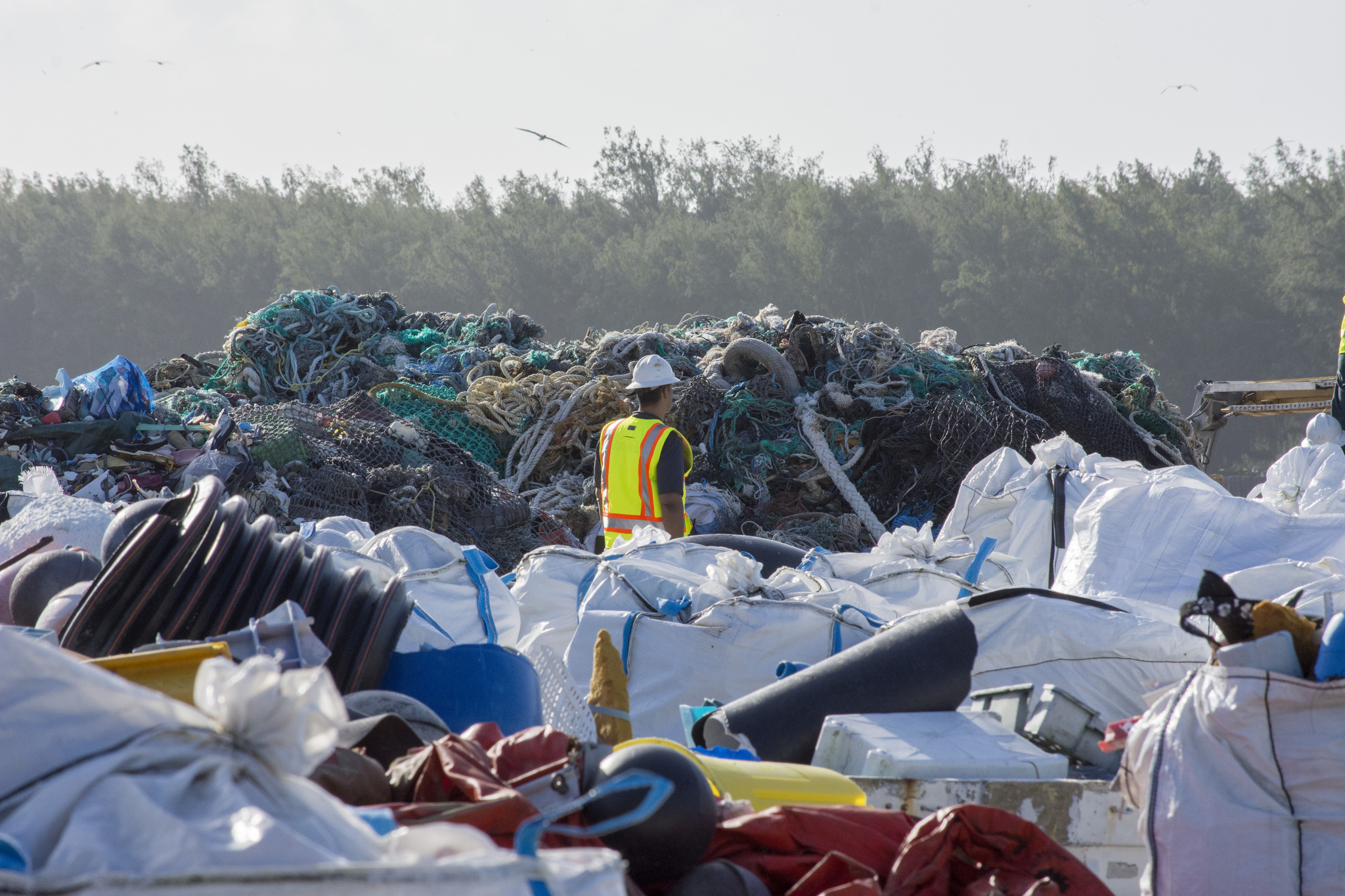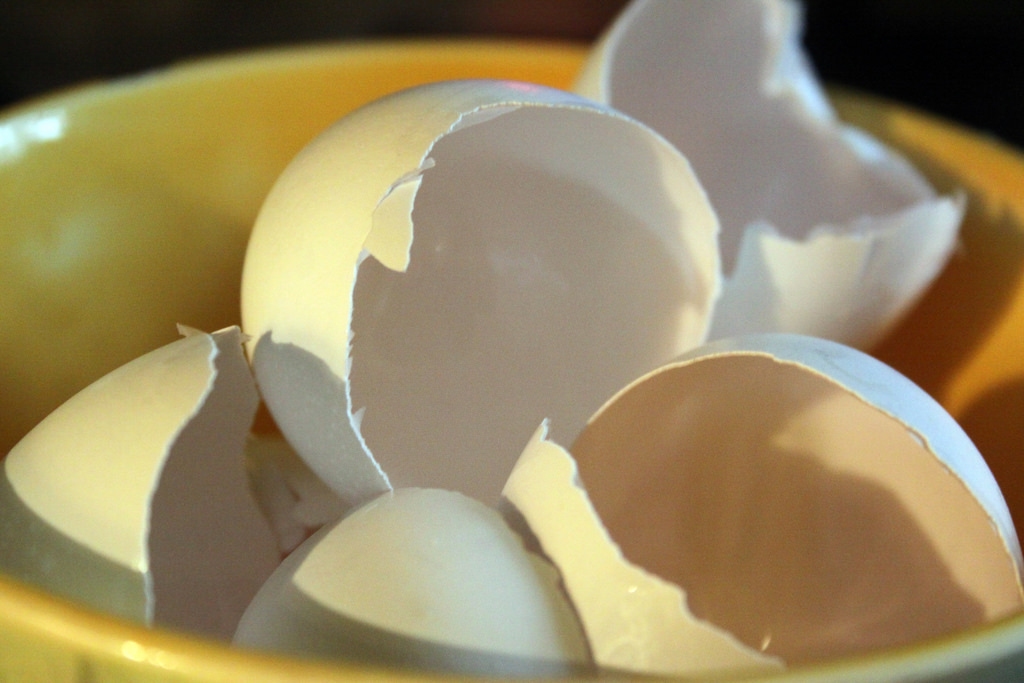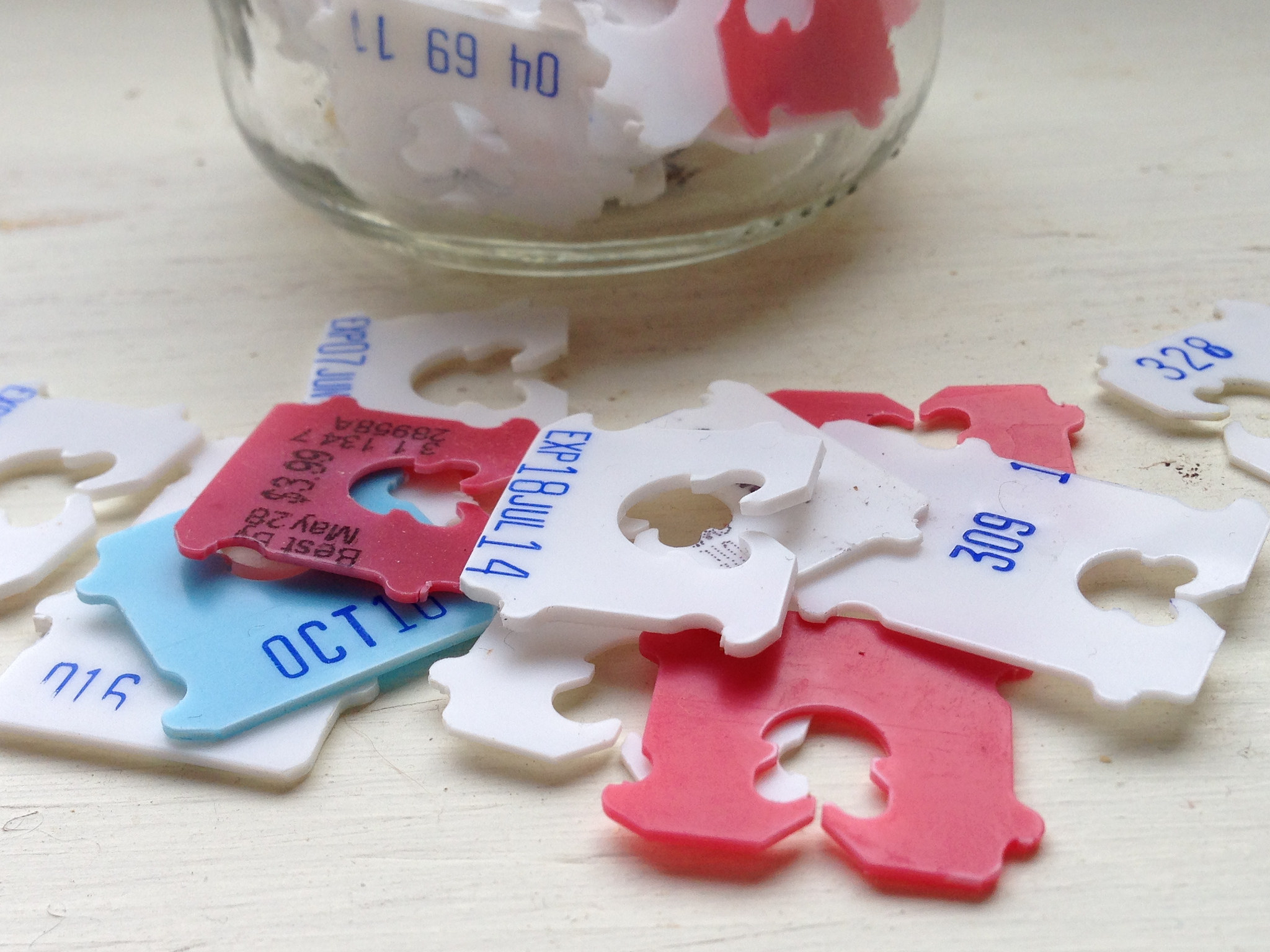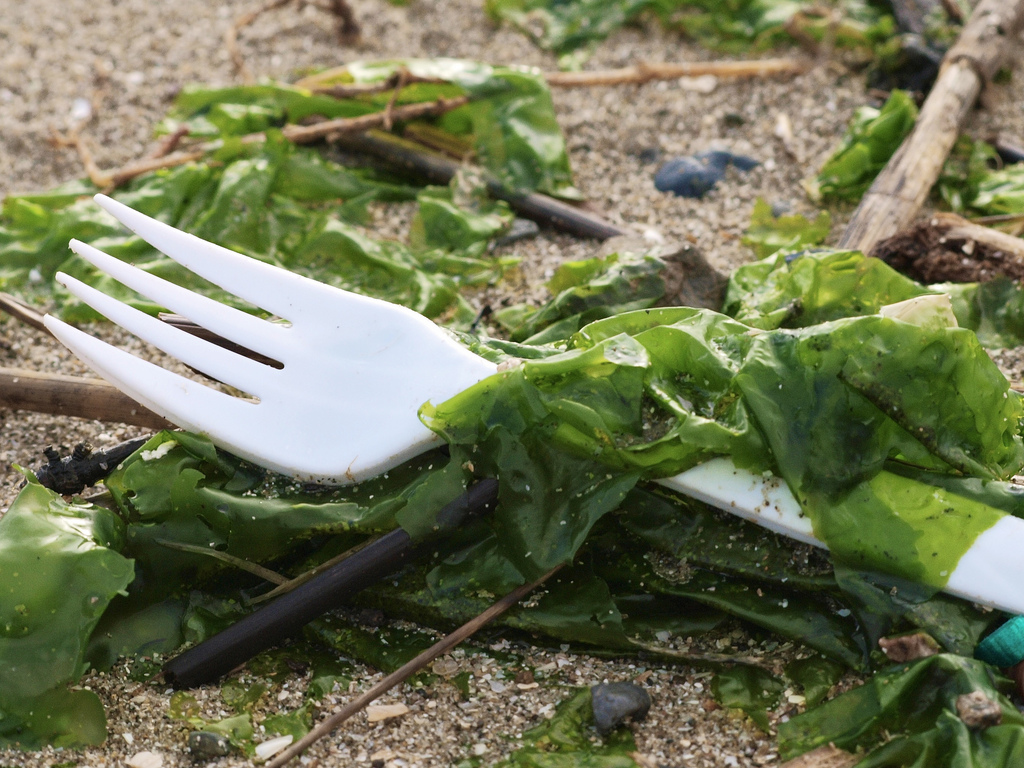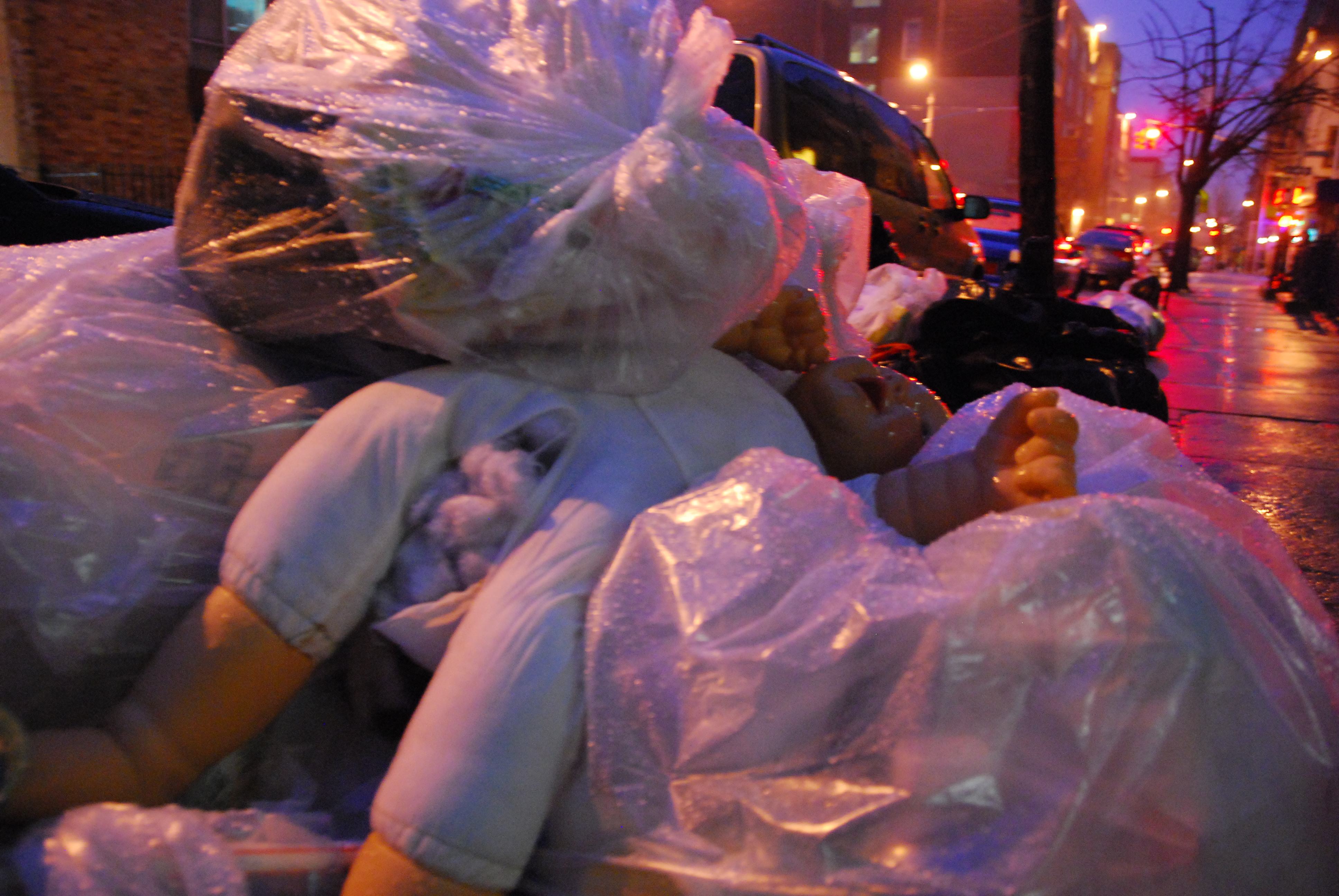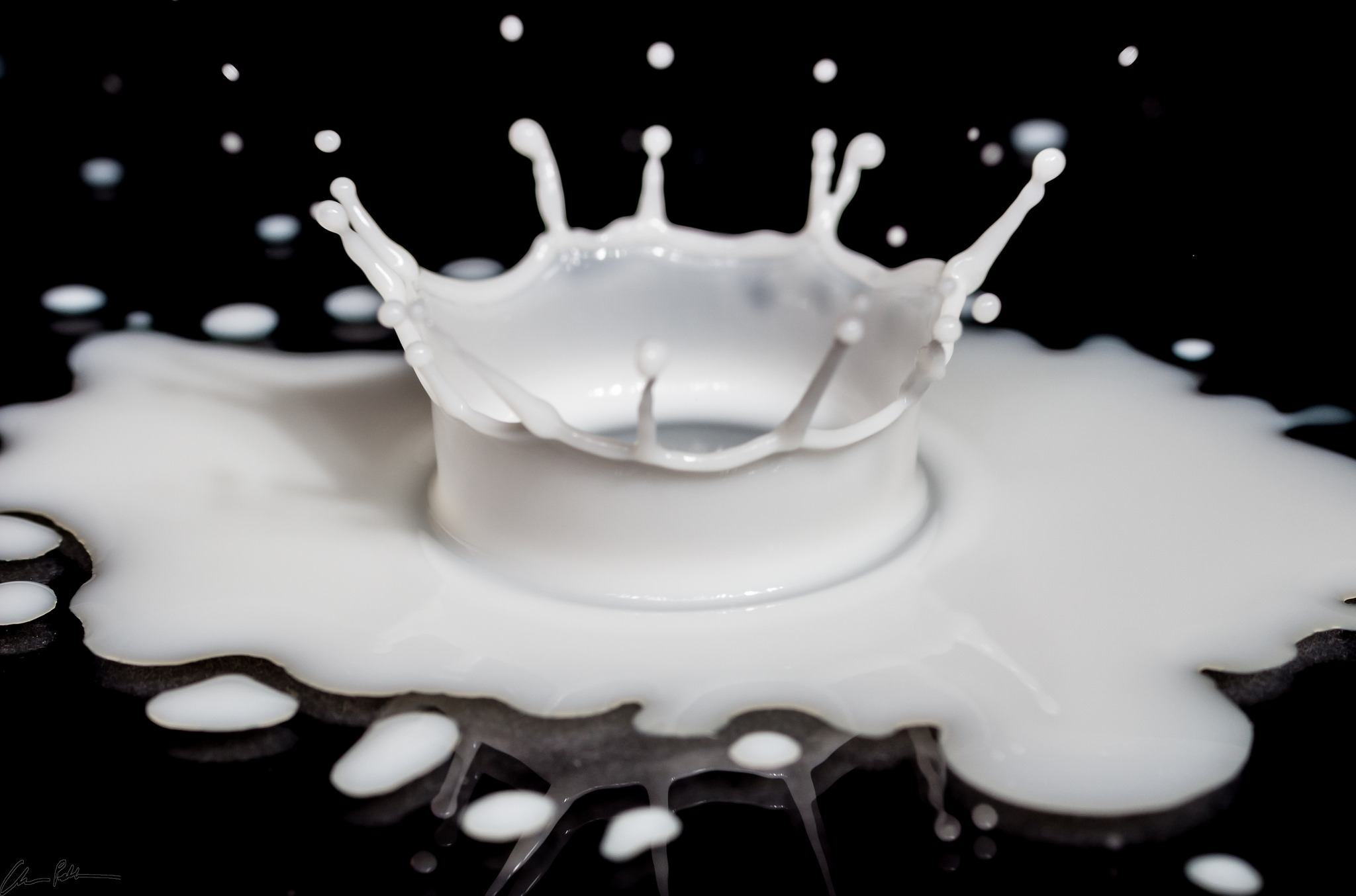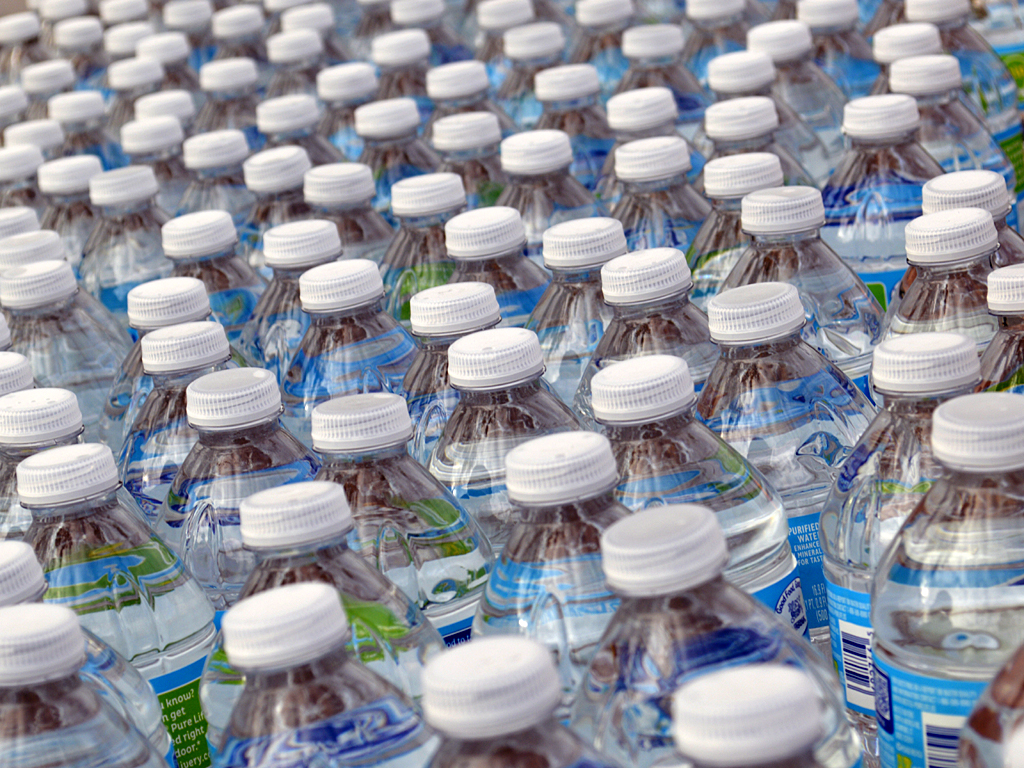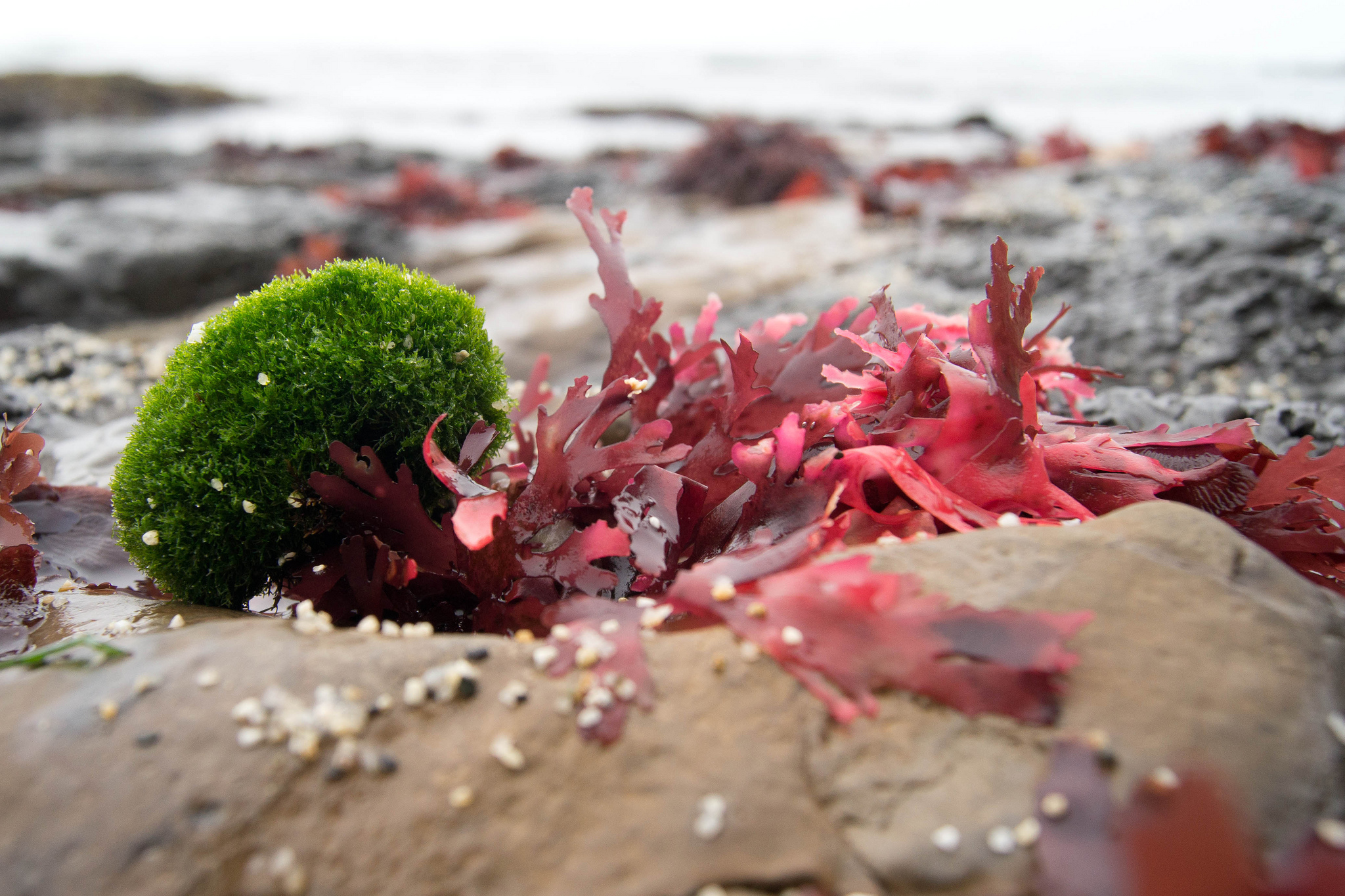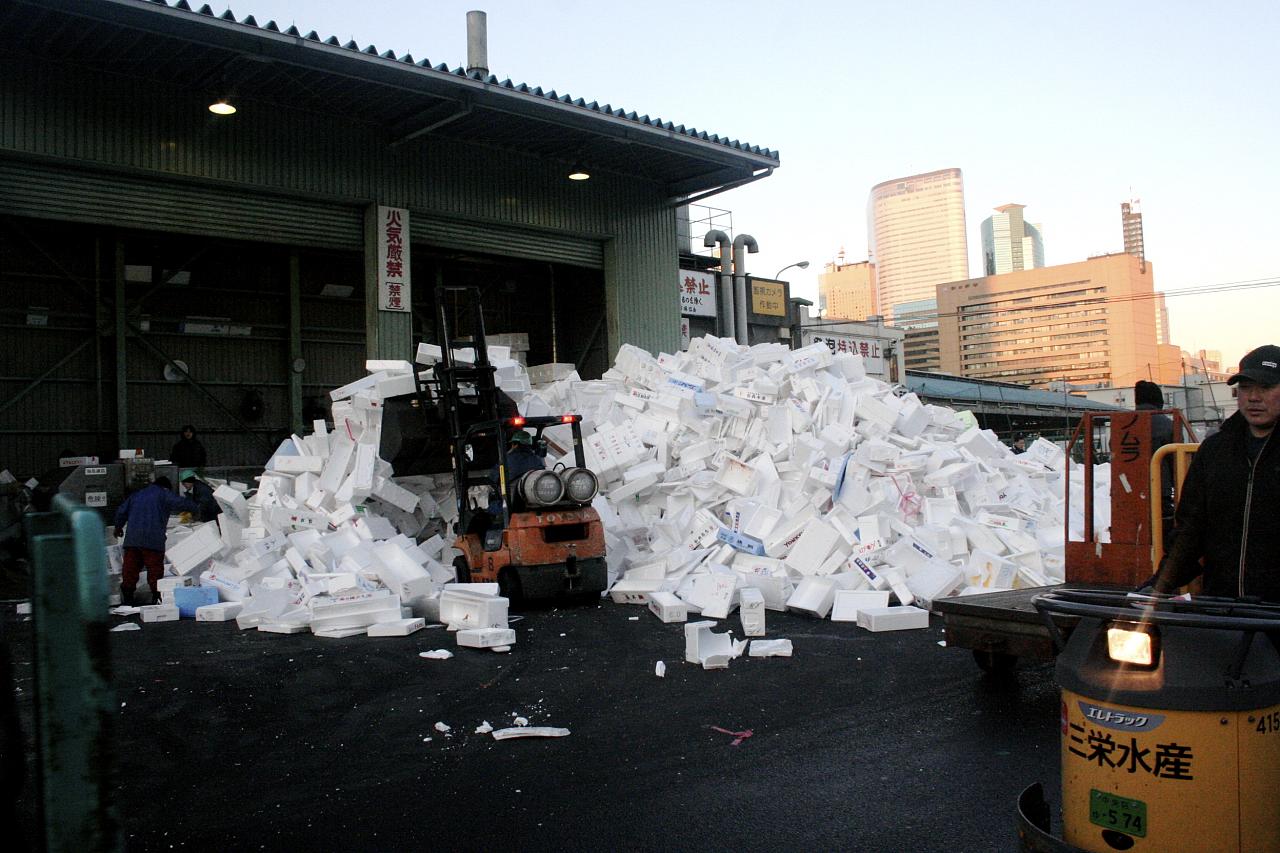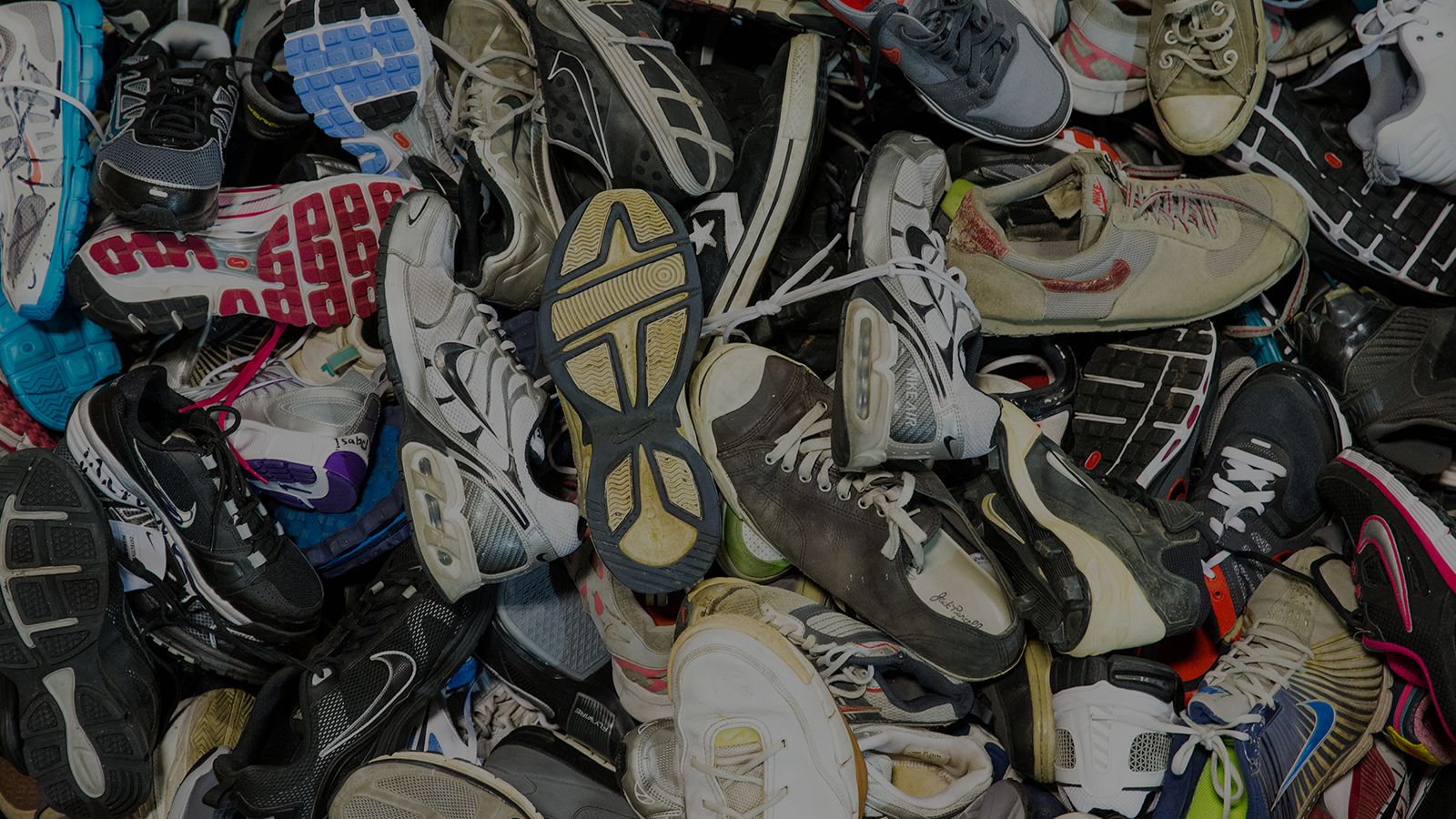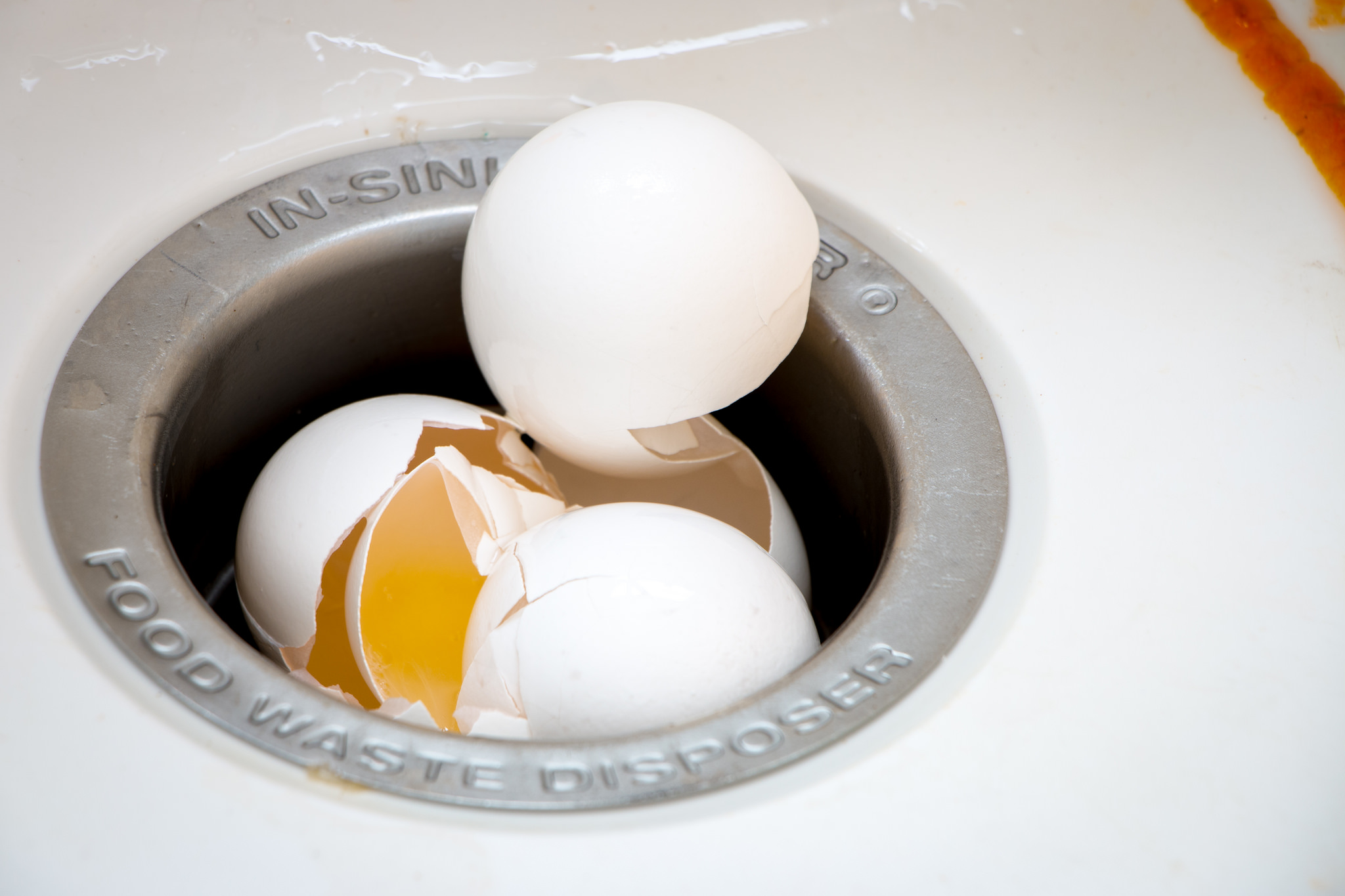Waste
Wasting Less Food
We have talked about the problem of food waste before. About 40% of the food produced in the United States goes to waste, which is a truly shameful statistic. According to a Business for Social Responsibility study on the subject, about 44% of the food that goes into landfills comes from homes. About a third comes from the food service industry.
Biodegradable Microbeads
Microbeads are little spheres of plastic less than half a millimeter in diameter that are added to a variety of personal care and cleaning products such as cosmetics, sunscreens and fillers. They give these products a desirable smooth texture. However, they are so small that sewage filtration systems can’t remove them and they end up in rivers and oceans where they are ingested by birds, fish and other marine life.
A Plastics Promise
It’s estimated that five to thirteen million tons of plastic enters our oceans annually, where much of it can linger for hundreds of years. According to a report by the World Economic Forum and the Ellen MacArthur Foundation, scientists estimate that there is 165 million tons of plastic swirling about in the oceans right now. And we are on pace to have more plastic than fish (by weight) in the world’s oceans by 2050. That’s some scary stuff.
Food Waste Into Tires
Researchers at Ohio State University have developed a way to use food waste to partially replace the petroleum-based filler that has been used in manufacturing tires for more than a century.
Tires From Trees
Car tires are generally considered environmentally unfriendly because they are predominantly made from fossil fuels. Natural rubber is generally not used anymore; most tires are made from isoprene, which is chemically very like rubber but is produced by thermally breaking apart molecules in petroleum in a process called cracking. The isoprene is separated out and purified and then reacted to form the artificial rubber that is the major component in car tires. The tires eventually end up discarded in giant piles that represent one of our biggest waste disposal problems.
European Lessons On Food Waste
Americans toss out an almost unbelievable $161 billion worth of food every year. There are numerous efforts underway to address this problem, but they are mostly at the local level or in the business sector. To date, we have no national- or international-level policies that tackle the issue. In this regard, Europe is way ahead of us.
Use-By Labels And Food Waste
By some estimates, Americans waste as much as 40% of food that is produced. None of the reasons are anything to be proud of, but one of the most frustrating is the confusing array of food date labels that are supposed to tell us whether the food we purchased should be eaten.
Bidding ‘Adieu’ To Plastics
The use of plastics has increased 20-fold in the past 50 years, and production of plastics is expected to double again in the next 20 years. According to Eco Watch, the average American throws away approximately 185 pounds of plastic every year. And nearly one-third of all discarded plastic is not properly disposed of or recycled.
Too Much Waste
As the world’s population grows and becomes more urban and affluent, the amount of solid waste we produce grows and grows. Over the past century, the total amount has risen tenfold. By 2025, the world-wide total is expected to double again. The average person in the United States throws away their body weight in garbage every month.
Plastic From Milk
These days, many of the foods we buy, such as meat, bread, cheese and snacks – come wrapped in plastic. We end up with lots of non-recyclable, non-biodegradable waste. And thin plastic films are not even that great at preserving food because oxygen still gets through them.
